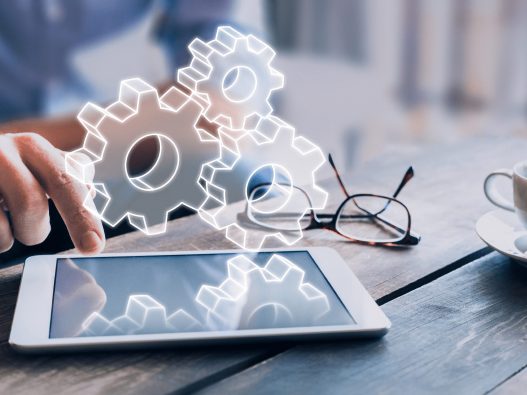The foundation for efficient quality- and risk management
A focus on sustainability and flexibility
I can recall several very productive brown paper workshops with clients, in which we modeled, glued, discussed, brain-stormed, discarded, redesigned and then became painstakingly bogged down in Visio diagrams and process descriptions. It is naturally the case that a lot of time, expertise and energy from all process participants goes into these documents, but how can the necessary sustainability of the processes be ensured? In the initial projects, the time spent on the ongoing maintenance and adaptation of the process documentation is rarely organized with an eye to the future. The growth and innovative strength of the companies also require the continuous monitoring of the processes. The resources to fulfill this important task are then often lacking.
A digital platform
The key to sustainability is in an efficient and integral form of process management which is established within the company and equipped with a dynamic tool. The organization of the business process management does not necessarily have to follow a centralized approach. A user-friendly, digital platform makes it possible for the process owners to be directly integrated in the lifecycle of business processes and for them to actively participate in their shaping.
We are already working with a digital process management platform which we put to productive use in customer projects. The cloud platform allows us to enter the world of the customer’s processes very quickly and flexibly, right from the start. The creation of a business process diagram in the BPMN notation is as easy as placing and moving cards on the brown paper, but is completed digitally. It is possible to work on both a “top-down” basis via process maps as well as “bottom-up” with individual business processes.
The decisive factor, however, is having a holistic view of the processes, their description and lifecycle. Using a role model, with the help of GPM workflows and key figure management, the processes can be analyzed after the modeling and can therefore be verified on a sustainable basis. We now provide our customers with initial advice on the modelling, analysis and implementation of the processes. The digital process models that have been developed can then be put to continuous use in the companies.


